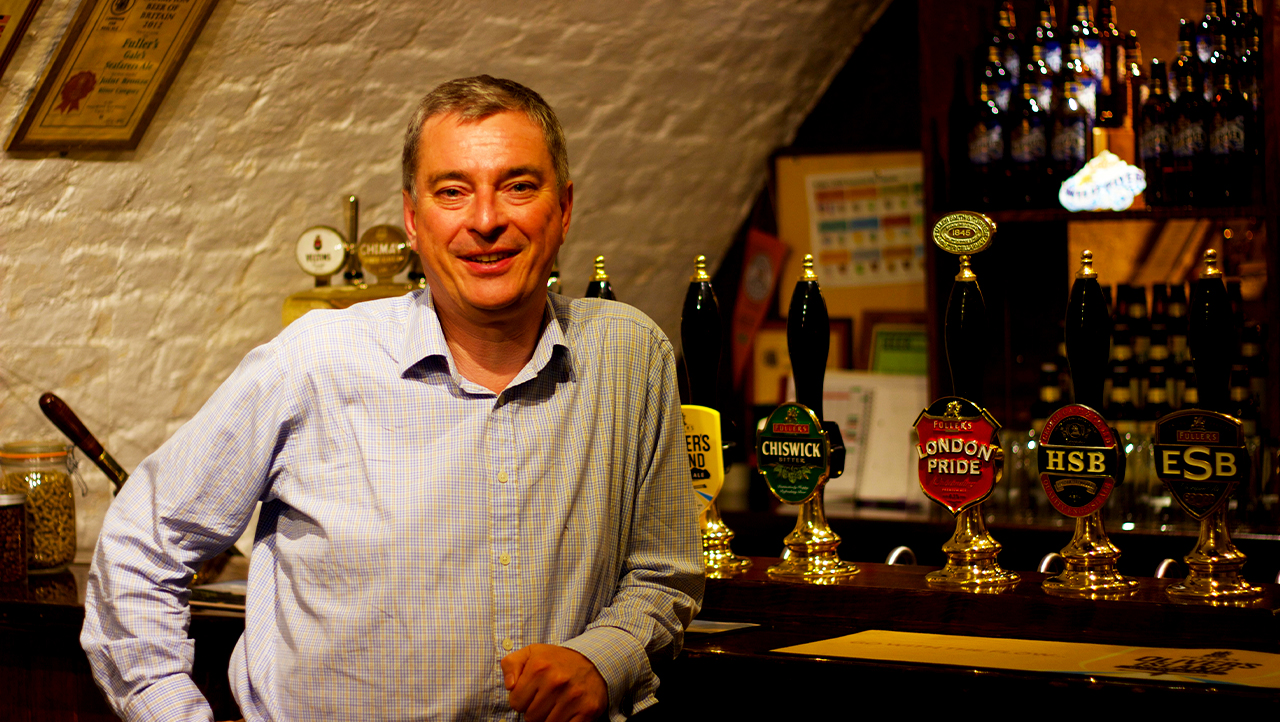

John Keeling, Head Brewer at Fuller Smith & Turner in London for 18 years, responsible for the move to all malt brewing, the re-invention of London Pride, the refinement of Fullers yeast and the reintroduction of dry hopping and bottle conditioning.
John Keeling in his own words:
Early in my career I worked for a big company in the form of Watney’s. I left them to go to university to study brewing and then, when I left university, I went looking for a job.
I didn’t know which company I wanted to work for, but I did know I didn’t want to work for a big company. I did not like the way they managed people or the way they managed the brewing of beer.
So, what about these companies didn’t the young John Keeling like?
Well, they seemed to manage by formula and brew beer by formula. What drove them was how to use science to make beer cheaper, not better.
They liked to put people into boxes and that proved very difficult to get out of that box, they liked their management to have university degrees and fit their template. All this was fair enough, after all it’s their company. But this was not for me. I like to bend and break rules.
I was lucky enough to get a job at Fuller’s. Lucky, because this was a great time to join them. They had just started to reinvest in their brewery and they were led by progressive directors.
In particular my boss, Reg Drury, the brewing director was very progressive in his use of science and technology.
We were the first or amongst the first to use centrifuges, to use conical fermenters in ale fermentation, and to invest in a QC laboratory. The first major project I led was to use computer control in fermentation.
We used science to improve our quality and consistency, not to reduce our costs. Yes, the adoption of new technology frequently did reduce our costs, as it certainly reduced our wastage.
However, this was not our primary aim. We also recognised there was something about the character and flavour of our beer which made it unique. We certainly did not want to throw out the baby with the bathwater.
In marketing terms, you could say we had a USP. When I joined Fuller’s in 1981, they brewed about 70,000 barrels and owned 90 pubs.
Fuller’s were indeed known as a small brewery. When I left them in 2018, we owned about 400 pubs and brewed 210,000 barrels of beer. So, this philosophy clearly worked.
We had used science and technology to drive our quality and consistency. The big brewers had driven their consistency but whereas we had maintained our flavour and character, they had sacrificed this on the altar of cost and consistency.
I remember back in my Watney Brewery days doing shelf life tests on bottled beers. At the end of their shelf life I had to do a haze check on those beers.
If the beer was in range then the beer was good. The beer, however, was not tasted. Tasting and flavour was too difficult and time consuming to be measured.
So, flavour was ignored. What could not be measured was ignored, haze could be measured easily and simply so that became the test.
The reason for increase in shelf life was to ease supply chain problems (problems are always better when you give them to another department).
Unfortunately, and in every case, beer got worse with age. In particular oxidised flavours would appear, and these flavours were entirely negative.
A beer at six months old was worse than a beer at one month old, frequently a beer at nine months old was undrinkable but we still continued to put nine months on. However, supply chain met all their targets.
Beer quality in terms of flavour did not matter, in fact the only test really was on clarity. Very few beers would fail that test. So, we would send out beers which were best drunk fresh but often drunk beyond their peak. They were deemed to be ok because they were still bright at their shelf life.
It is still the same today. Sure, many improvements have been made, and oxygen is much better controlled as is pasteurisation but still, beers are best drunk fresh.
That is true of the vast majority of beer however there are some beers that are designed for ageing and actually are better for it. Craft beer has also even removed the need for clarity in many beers too.
We in Britain used to age beers all the time but by the time I got into brewing the art of ageing had largely been forgotten. When in 1995 we brewed 1845, a 6.3% old ale and bottle-conditioned we all thought it was going to be a one off.
Conditioning beer in the bottle was also something new for us or should I say something old that had to be rediscovered. We gradually refined our bottle-conditioning techniques during 1995 so that by 96 we had mastered the art of bottle-conditioning.
The technique we use now is to warm condition beer in conditioning tank (longest for the stronger beer, for example three months for Vintage), we then chill and rough filter before adding yeast back to bright beer tank. Yeast count is hugely important and for consistent beer it must be the same in every bottle. The ideal yeast count for us is 0.5 million cells per ml. Too much and the beer is over conditioned, too little and the beer is flat.
The beer is roused in the bright beer tank and that rouser is kept on during bottle to ensure that the yeast count is uniform throughout bottling.
The tricky part is when the beer is below the rouser, you just have to hope that there are no breakdowns. Lucky as well that all our tanks are vertical with the rouser at the bottom which really helps.
After bottling, the beer is allowed to condition in the warehouse for a minimum of two weeks. There are two main reasons for this: one is to allow the laboratory to do thorough micro checks, there is nothing worse than infection for ruining the beer.
The second reason is to allow the build-up of carbon dioxide in the beer. I am only happy when the beer has enough fizz. Then the beer can go to trade.
The demand was such that we continued to brew 1845 throughout 1995 and by 1996 it had become a permanent part of our range. Then a remarkable thing happened. At a shelf life tasting (yes, Fullers did do them) a 12-month-old 1845 was tasted. It was better than the young versions, much better! What had happened?
Unbeknown to us we had added another ingredient to our beers. What was this special ingredient? Why, it was time of course. Suddenly the world of ageing was opening up to us.
We continued tasting the beer beyond its shelf life and then we started to increase the shelf life for all the right reasons because the beer just got better and better. 1845 now has two years shelf more than enough even for the most inept supply chain manager!
Following on from 1845 we then introduced another beer to our bottle conditioned range, Vintage Ale. The first brewing was in 1997 and this beer really did age well. Perhaps Vintage Ale needs a whole column to itself.
Since those days we have had the rise of craft and the big brewers have responded to this and are now producing interesting beers as well. So, all seems well or does it?
Science and technology are always developing. What happens if we use this science to make beer so consistent it loses the ability to surprise and delight us.
In other words, a beer so high on quality and consistency it becomes entirely predictable and boring because of that. I think that this is a temptation that is so easy to fall into.
I have always thought that great beer is where the quality and consistency is in balance with the flavour and character. I also think that craft beer is more a philosophy rather than how you physically make beer.
To be true to that philosophy your beer should always be interesting.
So, as craft beer increasingly adopts the new science and technology of brewing don’t let that mean that your beer is now in a box and no matter where you drink it or when, it is the same.
The natural batch to batch variation in a biological product is something to be delighted in, that is its character. If you lose that from your beer it not only does it cease to be great. but it is no longer craft either.
Oh, and another thing…
If you want your beer to have character then its best to employ characters to make it. Try not to hire boring brewers.
Accountants can be boring but not brewers.
Parts of this article are copied from:
https://www.brewersjournal.info/
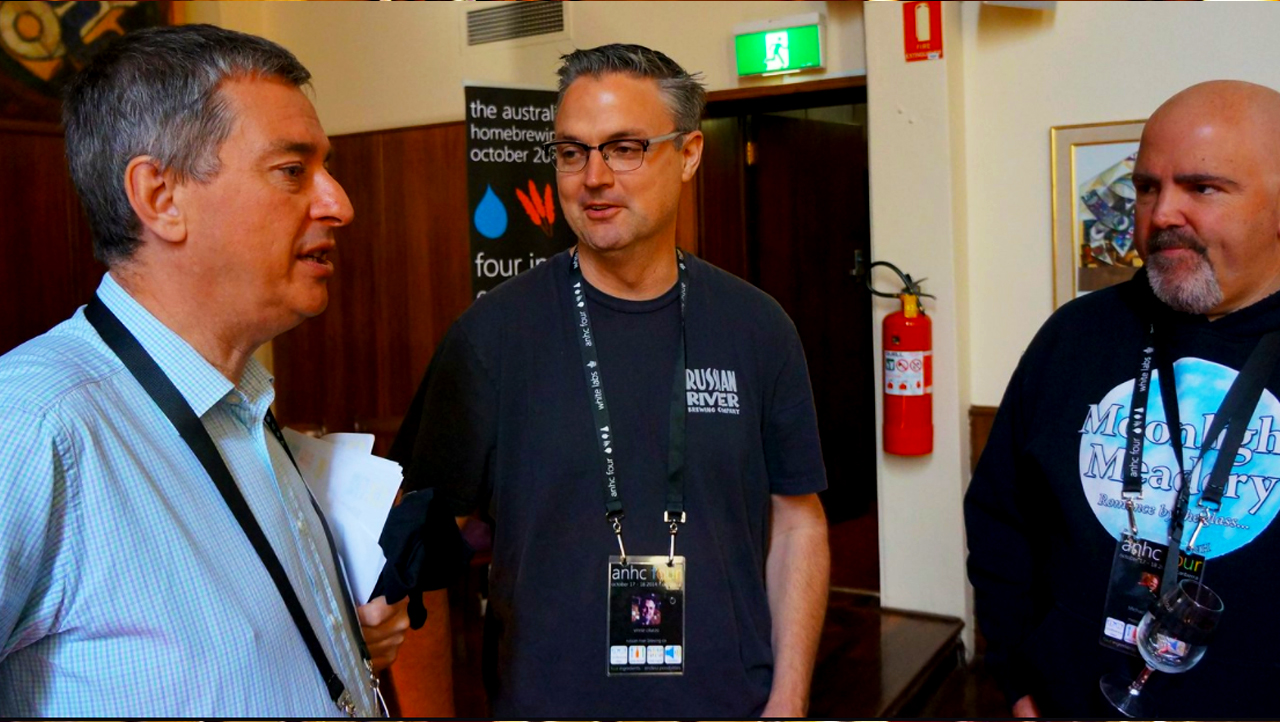
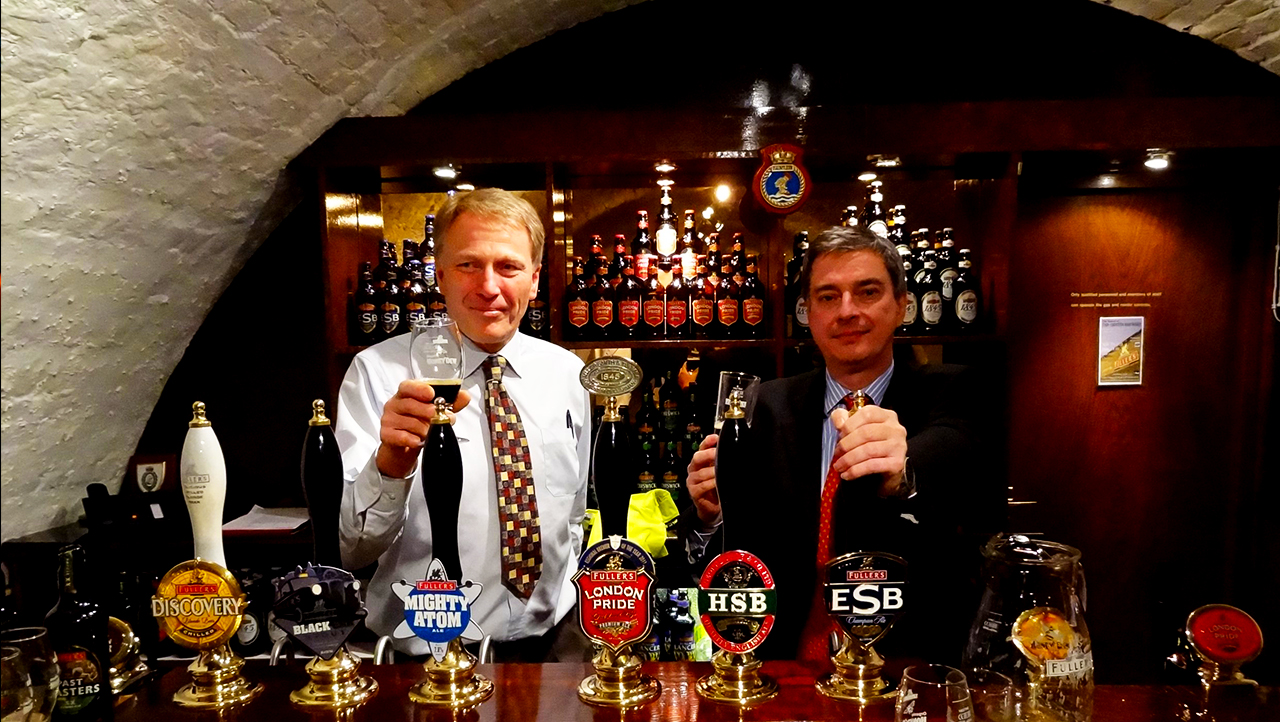
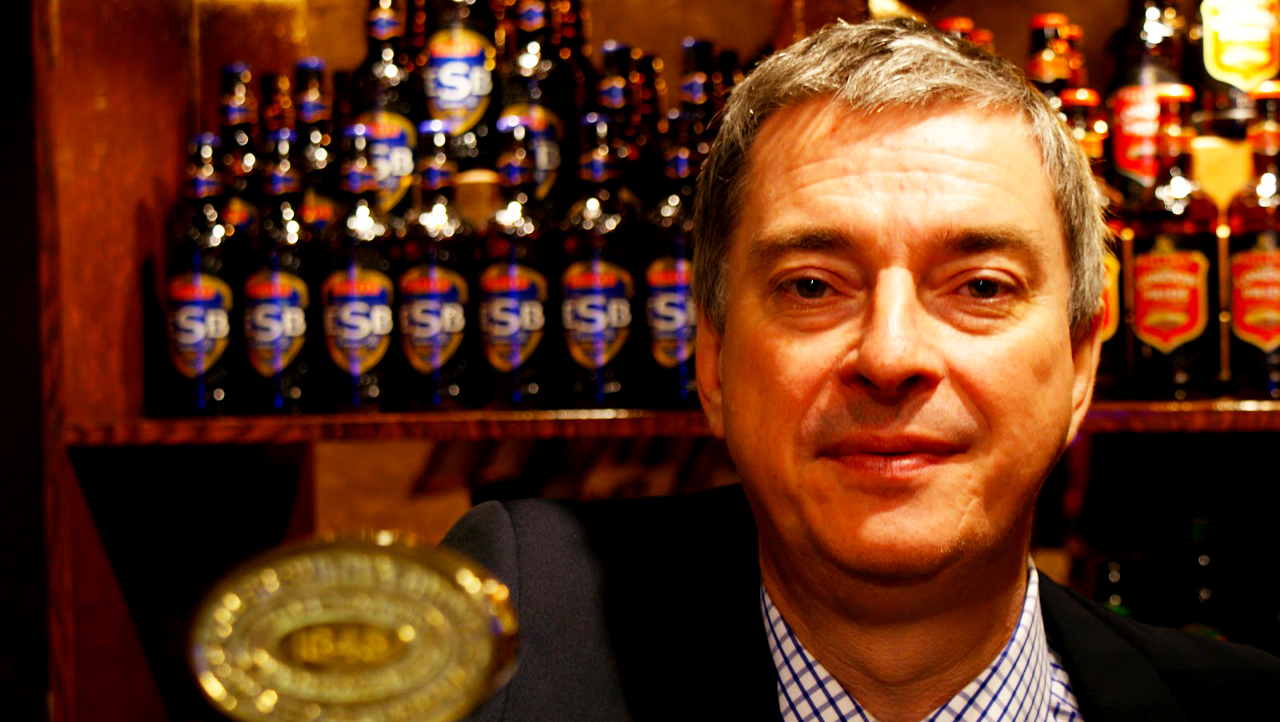
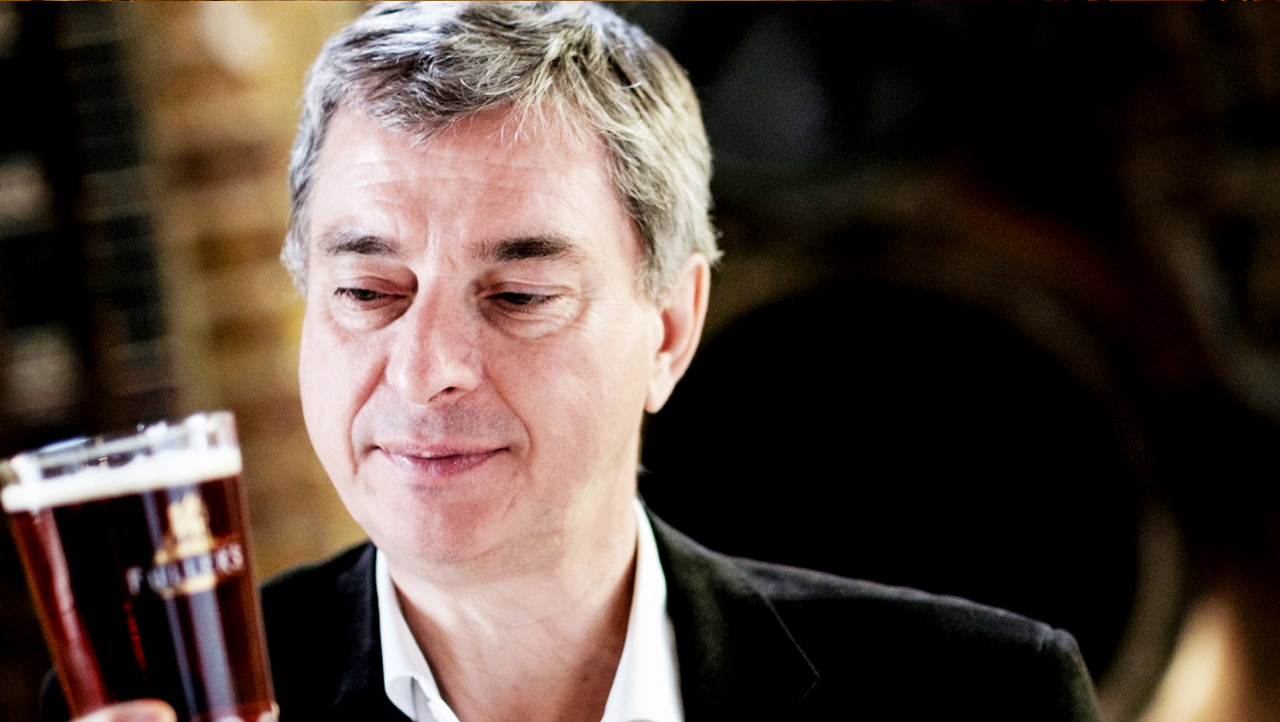
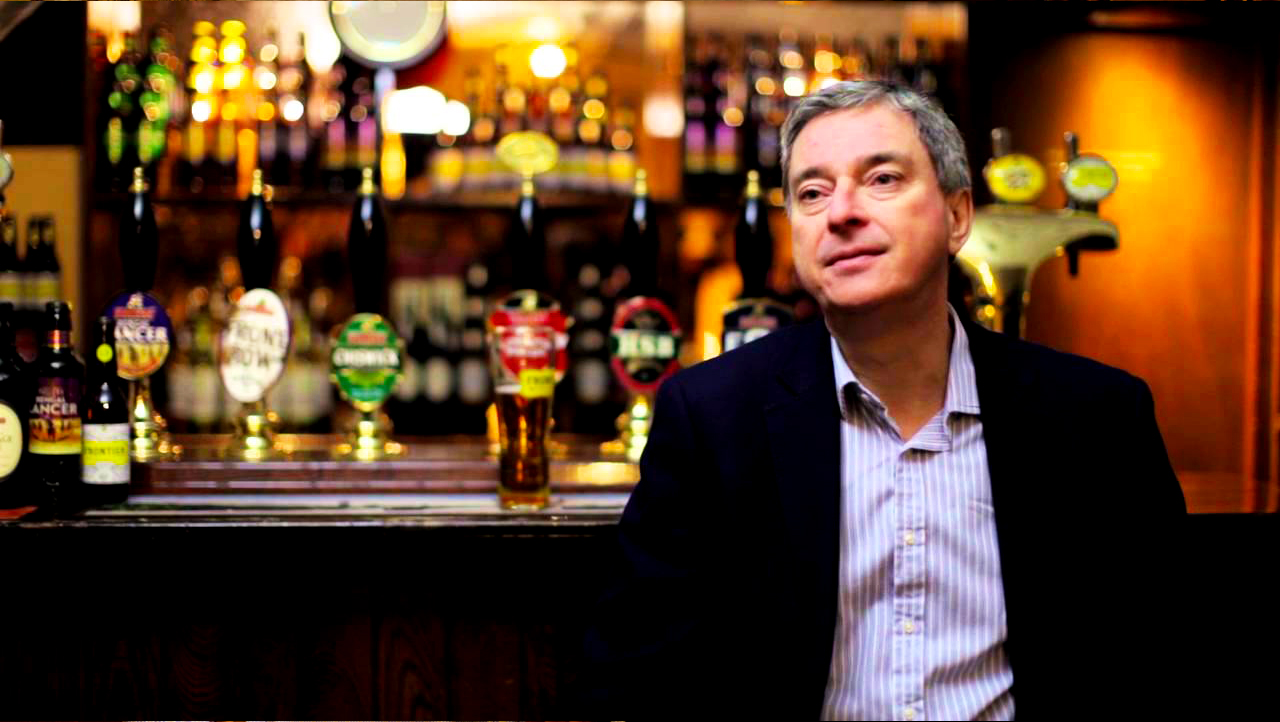

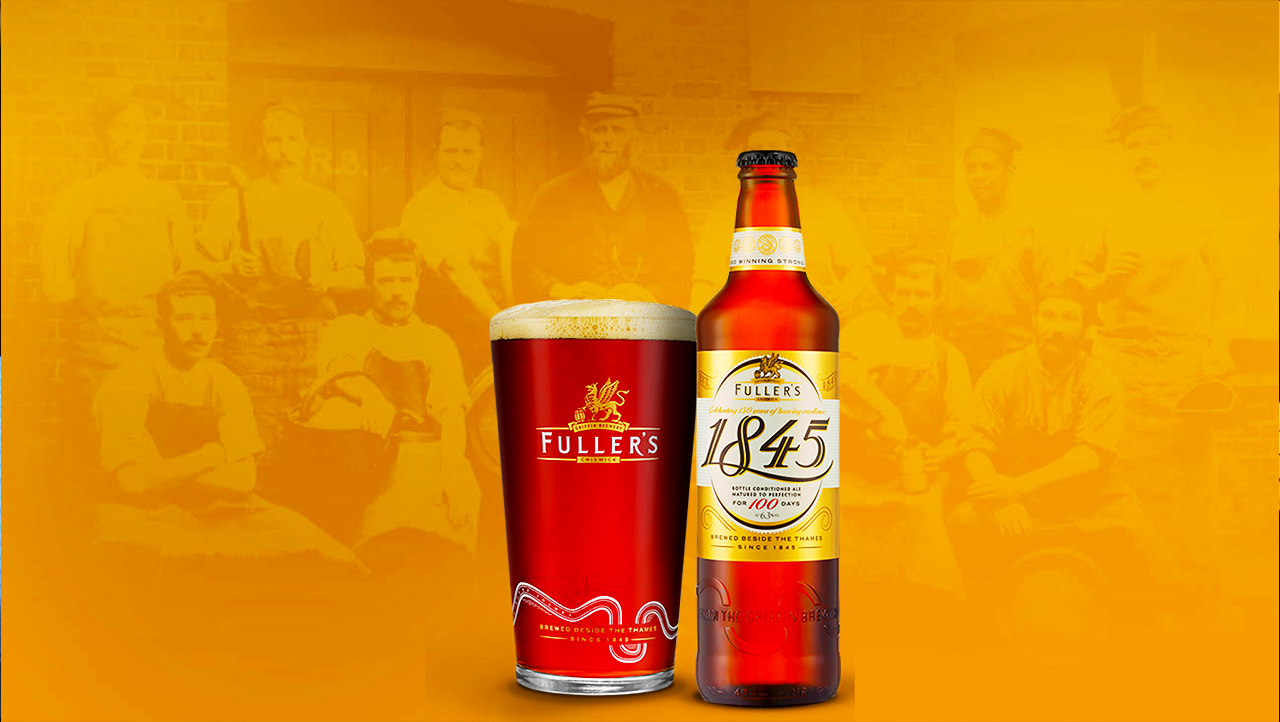
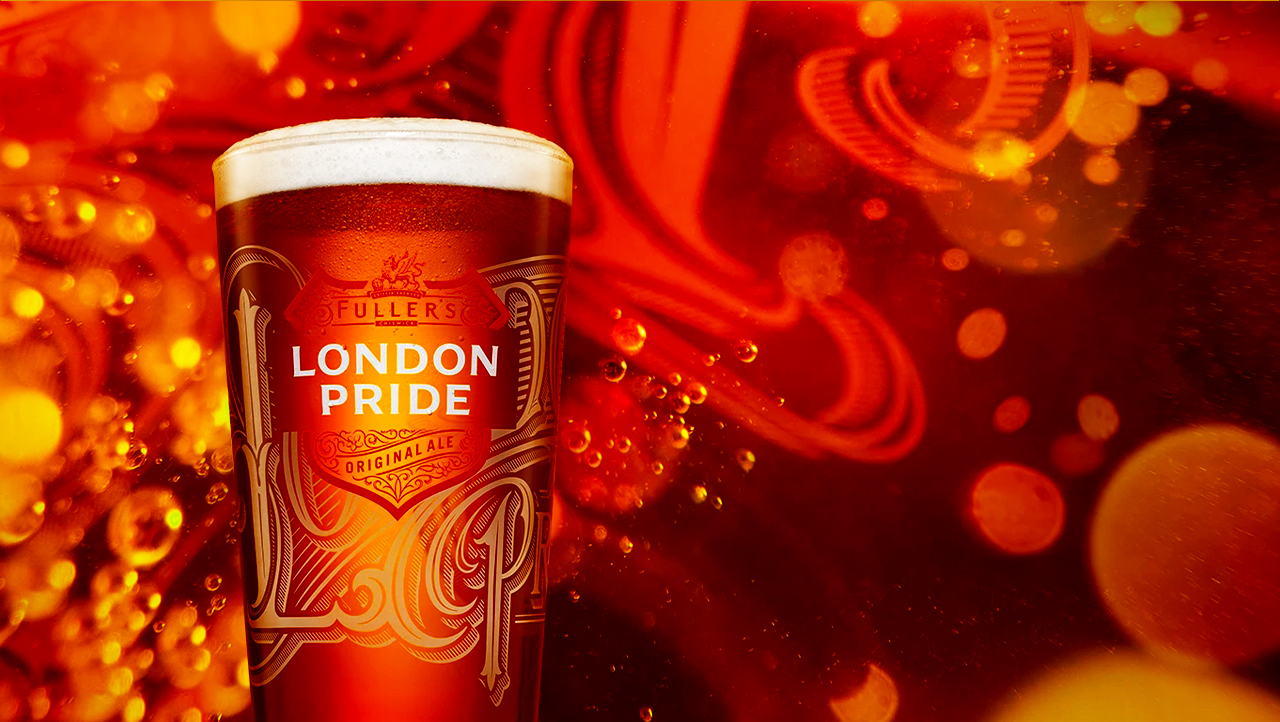
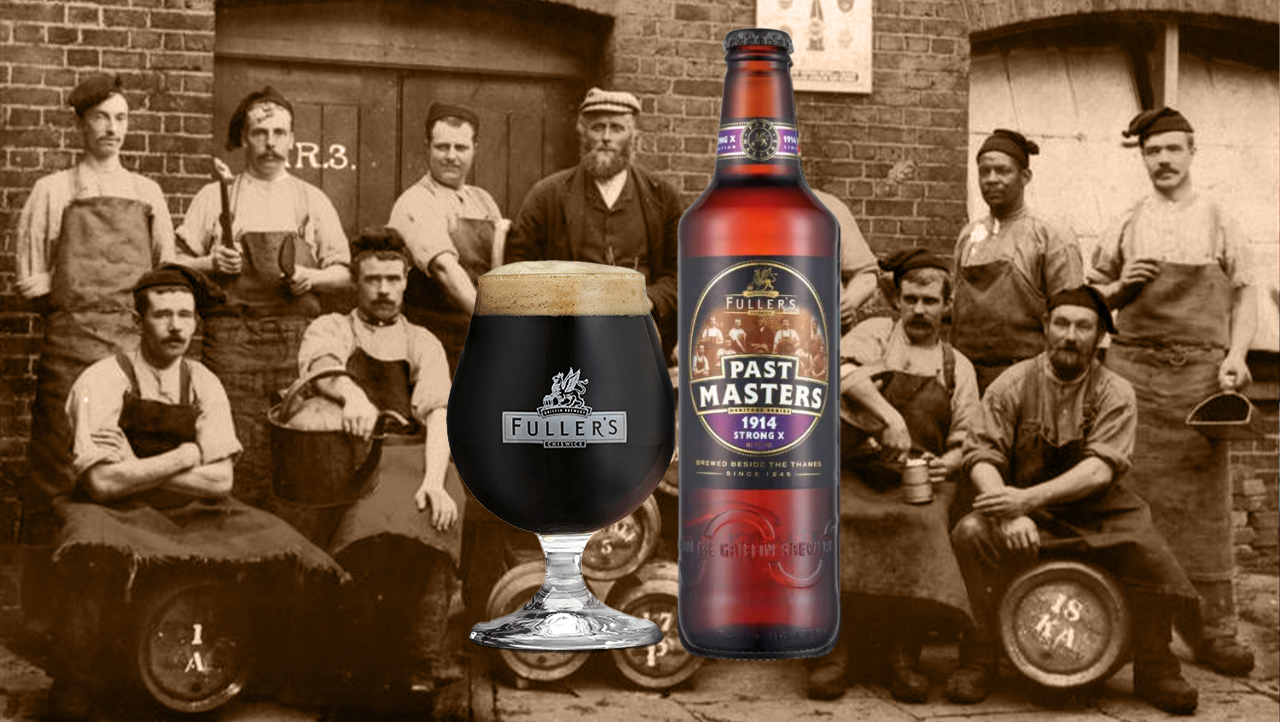
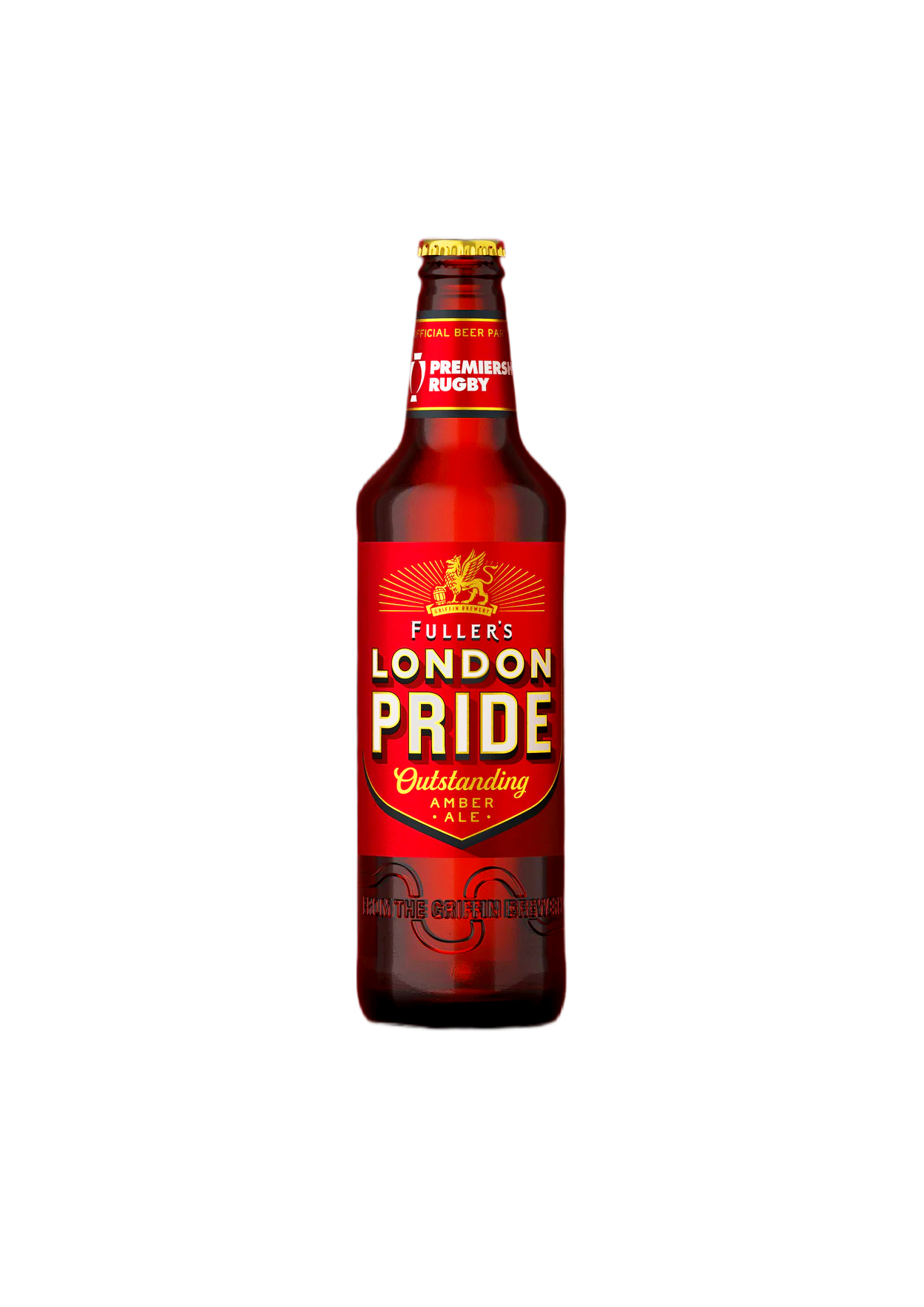
20 LITERS | ABV 4.7% | IBU ~35 | SRM 6.2 | MASH EFFICIENCY 75% | PRE BOIL 24L | OG 1.049 | FG 1.014
MASH 90 MIN @ 65⁰ C | SPARGE 3 LITERS | BOIL 60 MIN
NOTES:
This recipe is for the bottled version of London Pride.
The cask version is 4.1% ABV
MASH:
• 4200g ALE MALT (3.0 SRM) [96.7%]
• 138g CRYSTAL MALT (50.8 SRM) [3.2%]
• 5g DARK CHOCOLATE MALT (675.1 SRM) [0.1%]
BOIL: BITTERING
• 6g TARGET 8%AA @ 60 MINUTES [7.3 IBU]
• 9g CHALLENGER 6%AA @ 60 MINUTES [7.4 IBU]
• 8g NORTHDOWN 7.1%AA @ 60 MINUTES [7.5 IBU]
BOIL: AROMA
• 28g CHALLENGER 6%AA @ 5 MINUTES [4.6 IBU]
• 28g NORTHDOWN 7.1%AA @ 5 MINUTES [5.2 IBU]
• 28g EAST KENT GOLDINGS 5.0%AA @ 5 MINUTES [3.1 IBU]
• 1ST CHOICE: WLP 002 ENGLISH ALE
ADD 15 MINS BEFORE FLAME OUT:
• 1/4 TSP IRISH MOSS (or clarifier of choice)
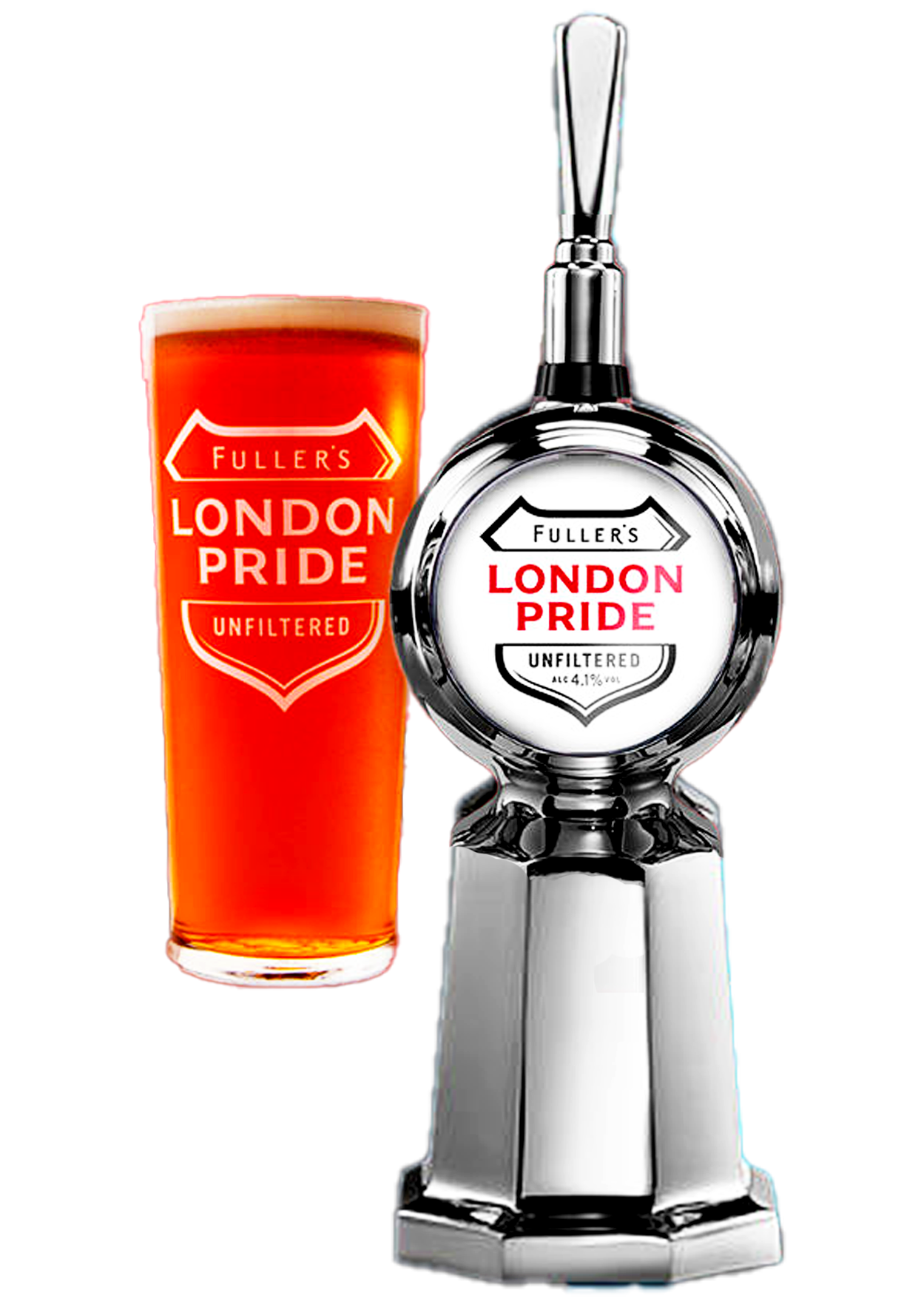
20 LITERS | ABV 4.7 | IBU 33 | SRM 6.2 | MASH EFFICIENCY 75% | PRE BOIL 24L | OG 1.046 | FG 1.011
MASH 90 MIN @ 65⁰ C | SPARGE 3 LITERS | BOIL 60 MIN
NOTES:
This recipe is for the keg version of London Pride.
MASH:
• 4200g ALE MALT (3.0 SRM) [96.7%]
• 138g CRYSTAL MALT (50.8 SRM) [3.2%]
• 5g DARK CHOCOLATE MALT (675.1 SRM) [0.1%]
BOIL: BITTERING
• 6g TARGET 8%AA @ 60 MINUTES [7.3 IBU]
• 9g CHALLENGER 6%AA @ 60 MINUTES [7.4 IBU]
• 8g NORTHDOWN 7.1%AA @ 60 MINUTES [7.5 IBU]
BOIL: AROMA
• 28g CHALLENGER 6%AA @ 5 MINUTES [4.6 IBU]
• 28g NORTHDOWN 7.1%AA @ 5 MINUTES [5.2 IBU]
• 28g EAST KENT GOLDINGS 5.0%AA @ 5 MINUTES [3.1 IBU]
DRY HOP 3 DAYS BEFORE PACKAGING:
• 14g CHALLENGER
• 14g NORTHDOWN
• 1ST CHOICE: WLP 002 ENGLISH ALE
ADD 15 MINS BEFORE FLAME OUT:
• 1/4 TSP IRISH MOSS (or clarifier of choice)
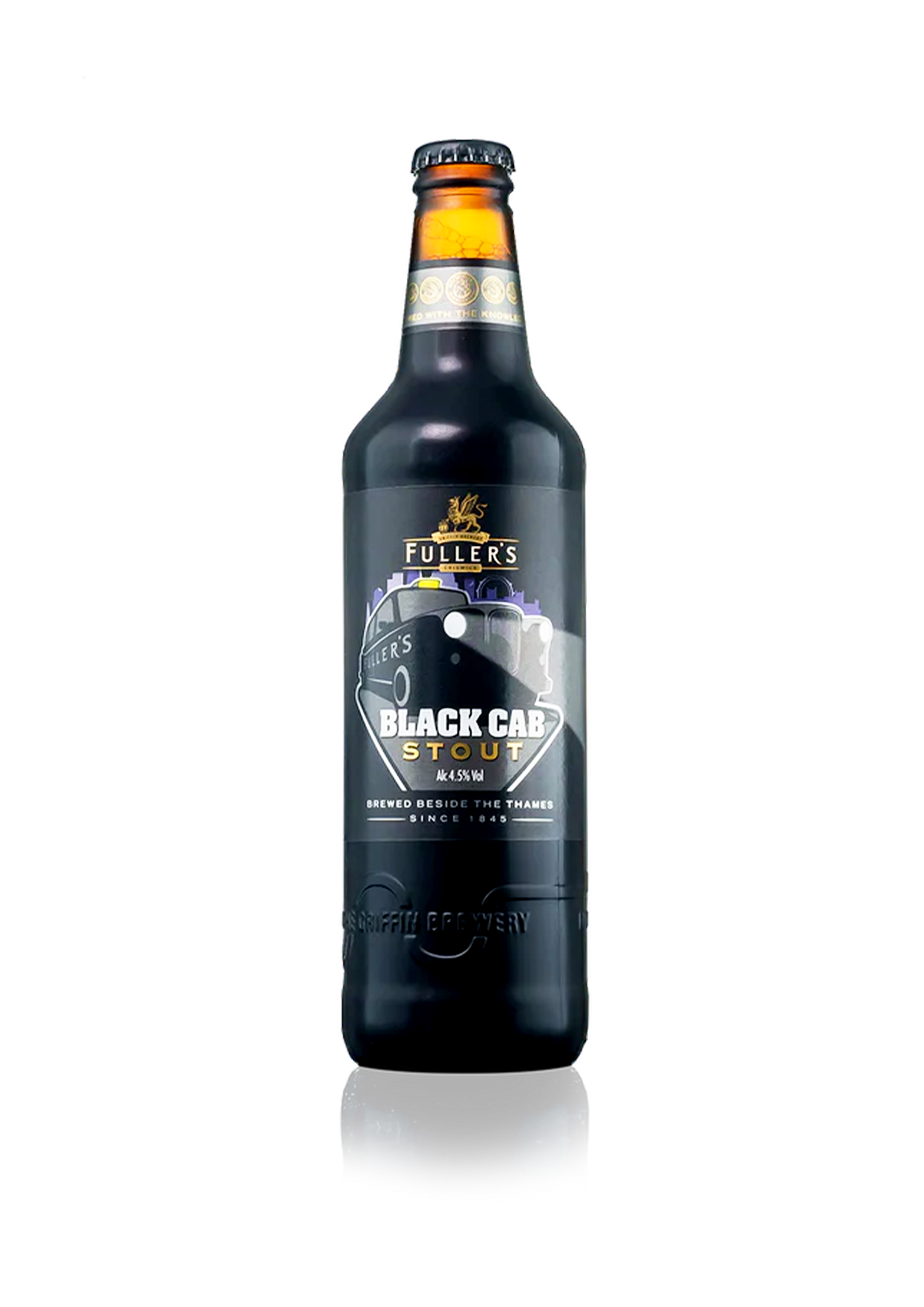
20 LITERS | ABV 4.5% | IBU ~26 | SRM ~26 | MASH EFFICIENCY 75% | PRE BOIL 24L | OG 1.052 | FG 1.018
MASH 90 MIN @ 67⁰ C | BOIL 60 MIN
NOTES:
MASH:
• 4000g ALE MALT 2.5 SRM
• 224g CRYSTAL MALT ~100 SRM
• 224g CHOCOLATE 600 SRM
• 112g GOLDEN NAKED OATS 9 SRM
• 112g ROAST BARLEY 300 SRM
BOIL:
• 42g FUGGLE 4.5% AA @ 60 MINUTES
• 28g GOLDING 5.0% AA @ 10 MINUTES
• 1ST CHOICE: WLP002 ENGLISH ALE
ADD 15 MINS BEFORE FLAME OUT:
• 1/4 TSP IRISH MOSS (or clarifier of choice)
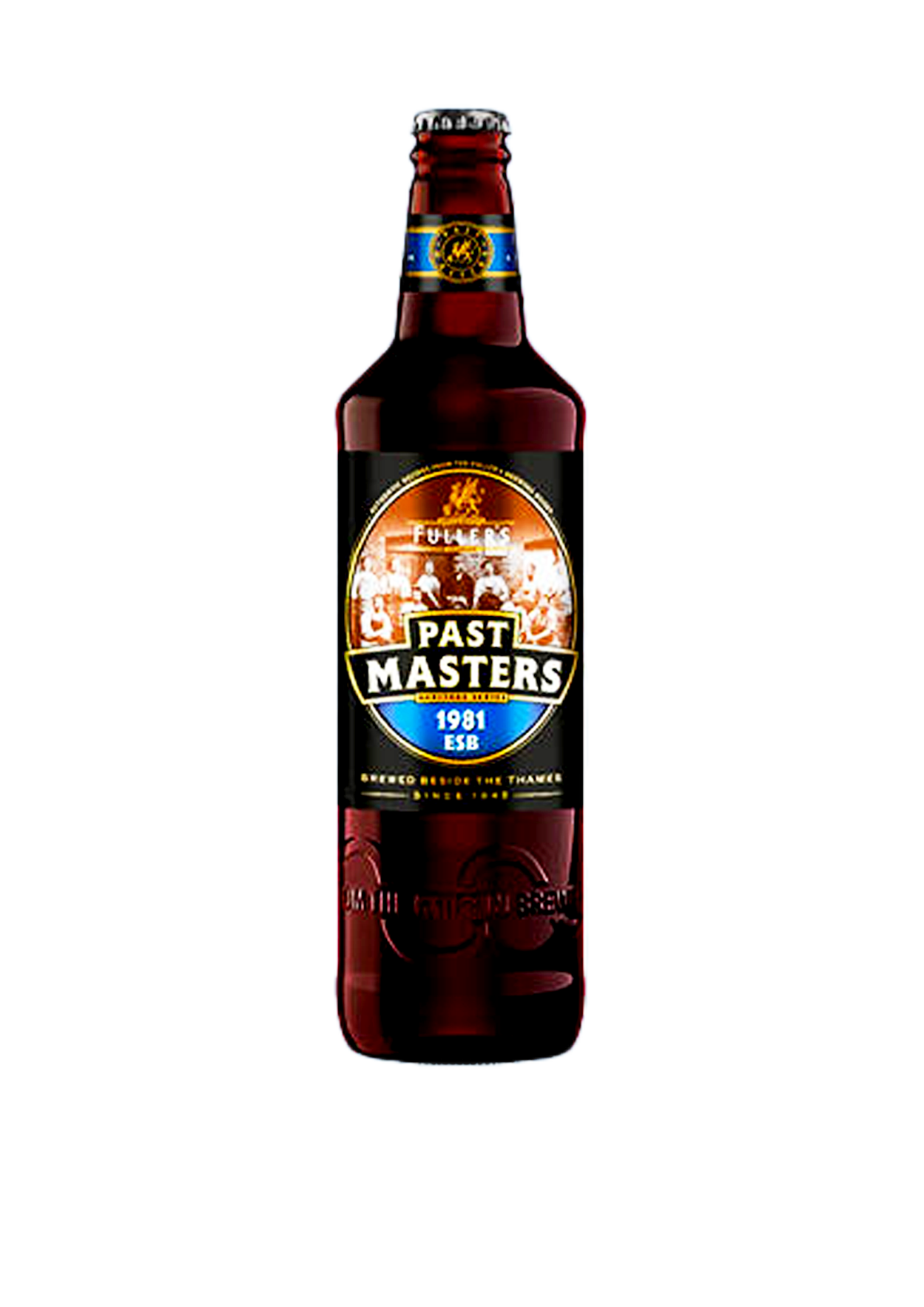
20 LITERS | ABV 5.5 | IBU ~34| SRM 6.2 | MASH EFFICIENCY 75% | PRE BOIL 24L | OG 1.059 | FG 1.018
MASH 90 MIN @ 67⁰ C | SPARGE 3 LITERS | BOIL 60 MIN
NOTES: THIS RECIPE WAS RECORDED IN THE 1981 BREW BOOK THE YEAR JOHN KEELING STARTED WITH FULLER'S. CREATED BY REG DURY, JOHN'S MENTOR AND RECREATED IN 2019 AS A TRIBUTE TO JOHN BY GEORGINA YOUNG AND THE NEW BREW TEAM AT FULLER'S
MASH:
• 4300g SIMPSONS MARIS OTTER ALE MALT 2.5 SRM [85%]
• 470g CRISP FLAKED MAIZE 0.3 SRM [9.3%]
• 140g SIMPSONS LIGHT CRYSTAL 52.8 SRM [2.8%]
BOIL: BITTERING
• 50g TREACLE 100 SRM* [1%]
• 100g TURBINADO (RAW SUGAR) 10 SRM* [2%]
• 9g TARGET 11.0% AA @ 60 MINUTES
• 7g CHALLENGER 7.5% AA @ 60 MINUTES
• 7g EAST KENT GOLDINGS 5% AA @ 60 MINUTES
• 7g NORTHDOWN 8.5% AA @ 60 MINUTES
• 11g CHALLENGER 7.5% AA @ 10 MINUTES
• 11g EAST KENT GOLDINGS 5% AA @ 10 MINUTES
• 11g NORTHDOWN 8.5% AA @ 10 MINUTES
• 1ST CHOICE: WLP 002 ENGLISH ALE
ADD 15 MINS BEFORE FLAME OUT:
• 1/4 TSP IRISH MOSS (or clarifier of choice)

20 LITERS | ABV 5.9% | IBU ~35 | SRM 8.8 | MASH EFFICIENCY 75% | PRE BOIL 24L | OG 1.065 | FG 1.020
MASH 90 MIN @ 65⁰ C | BOIL 60 MIN
NOTES:
When ESB launched in 1971, breweries had long been in the habit of producing an 'ordinary' bitter and a 'special' bitter. Fuller's special was the irreplaceable London Pride so they broke the mould and added a pioneering third style: an extra special bitter, brewed to a stronger 5.5% ABV. Since then, a 5.9% abv bottled version was created and ESB has gone on to become a recognised beer style, imitated in breweries right across the world. Since the retirement of brewers John Keeling & Derek Prentice a small amount of black malt has been added to the recipe.
Download Fullers Original Partigyle Recipe
MASH:
• 5300g GLADFIELD ALE MALT (3 SRM) [92.9%]
• 400g GLADFIELD MEDIUM CRYSTAL MALT (56 SRM) [7%]
• 7g GLADFIELD CHOCOLATE MALT (675.1 SRM) [0.1%]
BOIL:
• 22g TARGET 11% AA @ 60 MINUTES
• 14g CHALLENGER 7.5% AA @ 15 MINUTES
• 14g NORTHDOWN 8.5%AA @ 5 MINUTES
STEEP/WHIRLPOOL FOR 20 MINUTES:
• 14g GOLDING 4.5% AA
DRY HOP 3 DAYS BEFORE PACKAGING:
• 14g TARGET
• 1ST CHOICE: WLP 002 ENGLISH ALE / WYEAST 1968 LONDON ESB
• 2ND CHOICE: WLP 007 DRY ENGLISH ALE
ADD 15 MINS BEFORE FLAME OUT:
• 1/4 TSP IRISH MOSS (or clarifier of choice)
INSTANT DOWNLOAD PDF
HAZY IPA | LAGER & PILSNER | BELGIAN & FRENCH ALES | FRESH HOP HARVEST | UK ALES PALE | USA IPA | UK ALES DARK